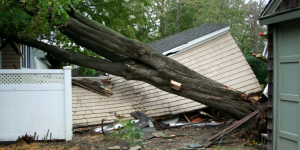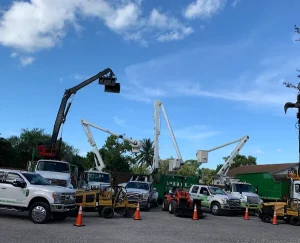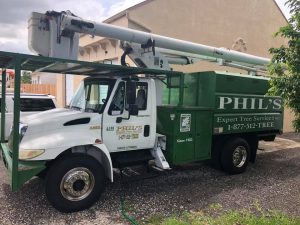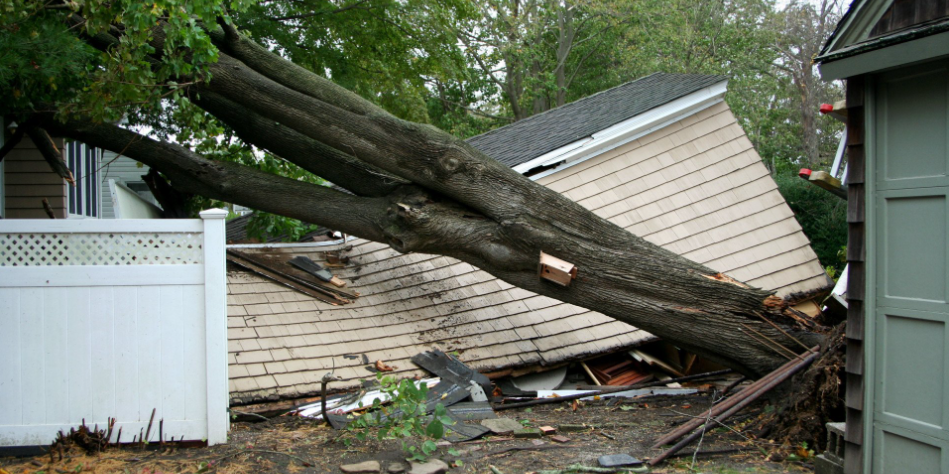Tree crown restoration is a pruning technique used to improve the structure and appearance of trees that have been damaged, typically from storms, poor pruning practices (like “topping”), or other types of physical harm. The goal of crown restoration is to promote healthy regrowth and return the tree to a more natural, balanced form.
Key Aspects of Tree Crown Restoration:
- Corrects Damage from Improper Pruning Trees that have been topped (a damaging pruning method where the top part of the tree is severely cut back) or subjected to other incorrect pruning practices often develop weak, misshapen, or excessive regrowth. Crown restoration helps remove poorly attached branches and encourages the growth of stronger, well-spaced branches.
- Improves Structural Integrity By selectively pruning damaged or poorly structured branches, crown restoration strengthens the tree’s framework, reduces the risk of future breakage, and improves the overall stability of the tree.
- Enhances Aesthetic Appearance Trees that have suffered damage can appear unsightly or unbalanced. Crown restoration gradually shapes the tree back into a more aesthetically pleasing form, often over several pruning cycles, as it takes time for the tree to recover fully.
- Encourages Healthy Regrowth Through careful pruning, crown restoration directs the tree’s energy into healthy new growth, allowing it to develop a more natural, healthy canopy. This helps the tree recover from the stress of damage and continue to thrive.
- Maintains Tree Size If a tree has been improperly reduced in height or width, crown restoration can help manage the size of the tree without causing further harm. Arborists use gradual, selective pruning techniques to control growth while preserving the tree’s health.
When to Consider Crown Restoration:
- If a tree has been topped or over-pruned.
- After storm damage that causes major breakage or limb loss.
- To correct uneven or weak growth patterns from past damage.
- When a tree has suffered from significant mechanical damage (e.g., construction).
How It Works:
Crown restoration usually involves several pruning sessions over a period of time. Arborists selectively remove damaged or weak branches while leaving healthy, vigorous shoots to take over. This encourages the tree to develop stronger, more permanent branches and a balanced, healthy canopy.
Working with a certified arborist ensures the tree receives the proper care during the restoration process, as improper pruning could worsen the damage. Call us today!




